Saber-Toothed Tiger: The Ice Age’s Most Feared Predator
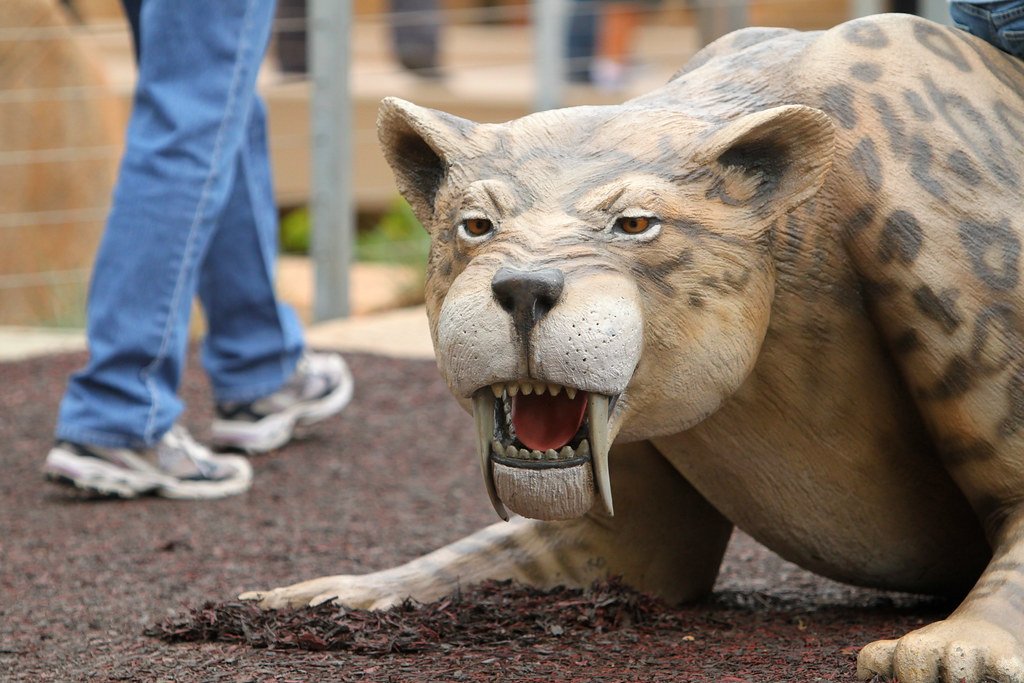
Imagine a cat the size of a modern lion, but with canine teeth that could grow up to 7 inches long. The Saber-Toothed Tiger wasn’t actually a tiger at all – it belonged to a completely different family of cats called Machairodontinae. These incredible hunters roamed North and South America until about 10,000 years ago.
What made these cats so deadly wasn’t just their famous fangs. They had incredibly muscular forelimbs and shoulders, perfect for wrestling down massive prey like mammoths and giant ground sloths. Picture a bodybuilder cat with sword-like teeth, and you’re getting close to understanding just how formidable these predators were.
American Lion: Bigger Than Any Cat Alive Today
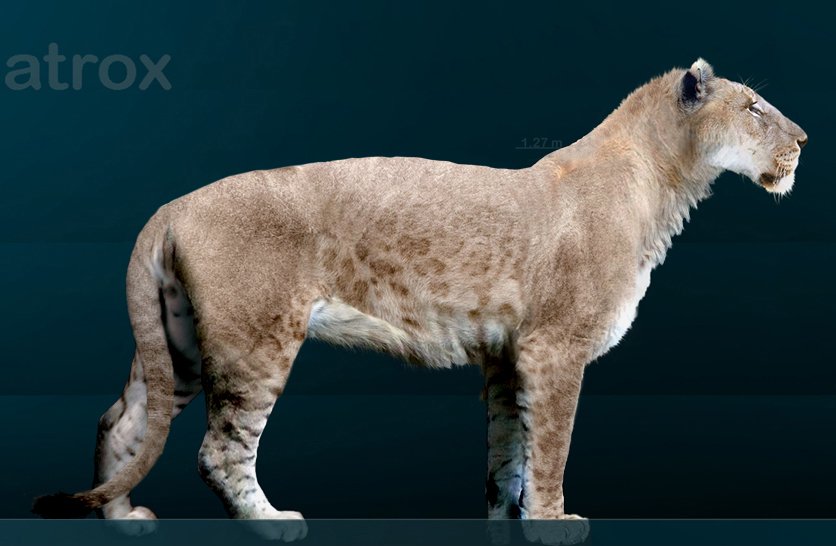
The American Lion holds the title for the largest cat species that ever lived in North America. These giants were about 25% larger than modern African lions and could weigh up to 900 pounds. They dominated the landscape from Alaska to Mexico during the Pleistocene epoch.
Unlike their modern relatives, American Lions were built for hunting alone rather than in prides. Their long legs and powerful build made them perfect for chasing down horses, bison, and even young mammoths across the ice age grasslands. These solitary hunters disappeared around 11,000 years ago, leaving behind only fossils and cave paintings as evidence of their reign.
Cave Lion: Europe’s Apex Predator
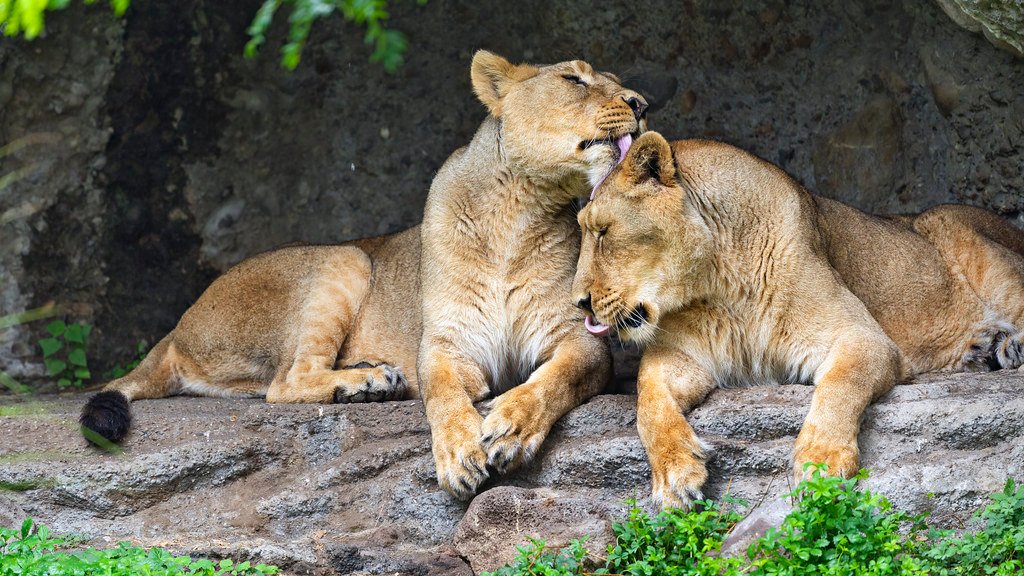
The Cave Lion earned its name not because it lived in caves, but because most of their remains were found in cave systems across Europe and Asia. These massive cats were actually larger than modern lions, with some males reaching lengths of over 10 feet including their tail.
Cave paintings from 30,000 years ago show these lions living alongside early humans, who clearly both feared and respected them. The lions had distinctive features including a small mane on males and a muscular build that made them incredibly effective hunters. Climate change and human expansion contributed to their extinction around 14,000 years ago.
Giant Jaguar: South America’s Prehistoric Monster

The Giant Jaguar was essentially a supersized version of today’s jaguar, but with a bite force that could crush the skulls of megafauna. These cats roamed throughout South America and parts of North America, weighing up to 300 pounds – nearly twice the size of modern jaguars.
What set these predators apart was their incredible jaw strength and stocky build. They were perfectly adapted for hunting giant ground sloths, early horses, and massive rodents that lived during the Ice Age. Their powerful bite could crack through the thickest bones, making them one of the most efficient predators of their time.
Homotherium: The Scimitar Cat

Homotherium, also known as the Scimitar Cat, had a unique hunting style that set it apart from other prehistoric predators. Instead of the long, straight fangs of saber-toothed cats, these hunters had curved, serrated teeth that worked like deadly scimitars.
These cats were built for endurance rather than ambush hunting. Their long legs and lean bodies allowed them to chase prey over long distances, similar to how modern cheetahs hunt. They were particularly skilled at hunting young mammoths and mastodons, using their specialized teeth to slash through thick hide and muscle.
European Jaguar: The Forgotten Giant
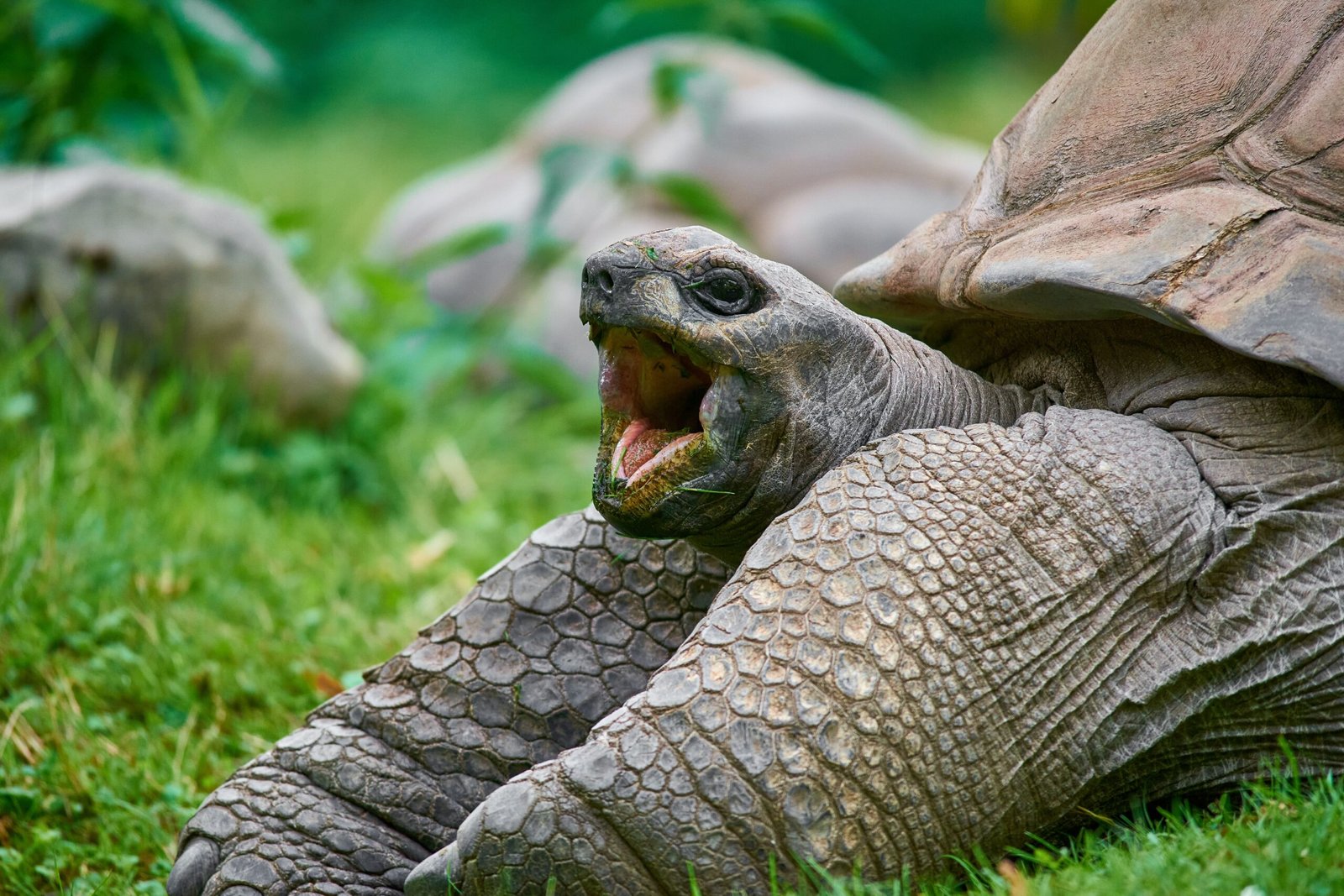
Before the Ice Age ended, Europe was home to its own species of giant jaguar that was significantly larger than its South American cousins. These cats thrived in the warmer interglacial periods, hunting deer, wild boar, and even early rhinoceros species.
Archaeological evidence suggests these jaguars were incredibly adaptable, surviving multiple climate changes before finally succumbing to the last glacial period. They had a more robust build than modern jaguars, with powerful limbs designed for taking down large prey in Europe’s dense forests.
Panthera Youngi: Asia’s Lost Lion
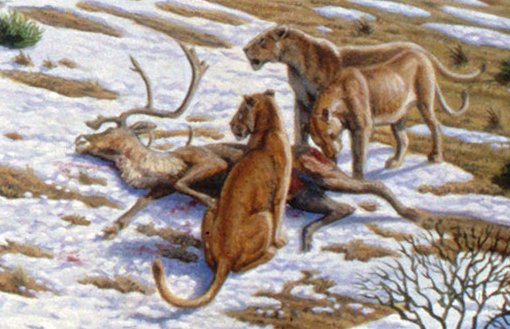
Panthera youngi represents one of the earliest true lions, roaming across China and Southeast Asia during the early Pleistocene. These cats were smaller than Cave Lions but larger than modern Asian lions, perfectly adapted for the diverse landscapes of prehistoric Asia.
What makes this species particularly fascinating is how it bridges the gap between ancient and modern big cats. Fossil evidence shows they had characteristics of both lions and tigers, suggesting they lived at a crucial point in big cat evolution. Their extinction around 350,000 years ago marked the end of an important chapter in feline history.
The Perfect Storm: Why These Giants Couldn’t Survive
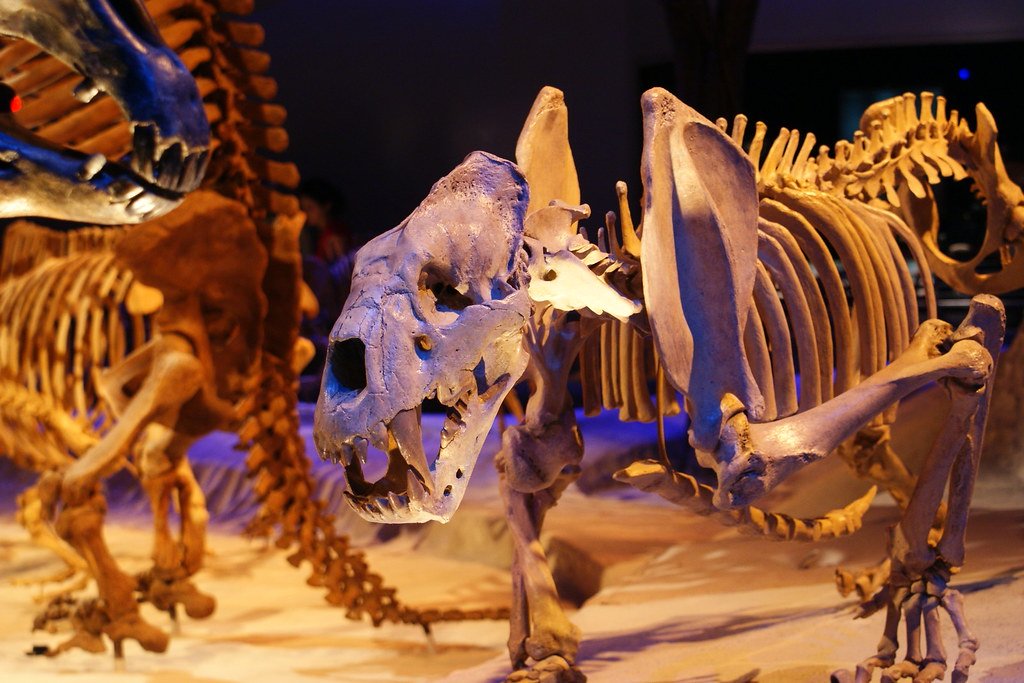
The extinction of these magnificent predators wasn’t caused by a single event, but rather a perfect storm of environmental changes. As the Ice Age ended, temperatures rose rapidly, transforming grasslands into forests and dramatically altering the ecosystem these cats depended on.
The disappearance of their primary prey – mammoths, giant ground sloths, and other megafauna – created a cascading effect throughout the food chain. Meanwhile, early humans were becoming increasingly skilled hunters, competing directly with these big cats for resources and territory.
Climate Change: The Ultimate Game Changer
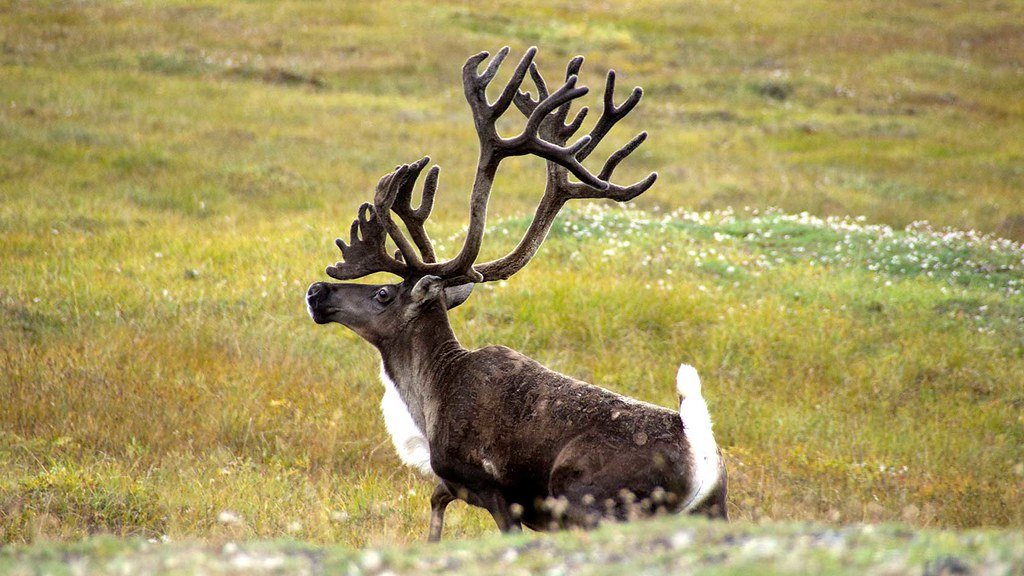
Rising temperatures didn’t just change the weather – they completely transformed entire continents. The vast grasslands that supported huge herds of prey animals gave way to dense forests that were unsuitable for large predators. Many of these giant cats were specialized hunters, perfectly adapted for specific prey and environments.
When their world changed too quickly for them to adapt, these magnificent predators faced an impossible choice: evolve rapidly or disappear forever. Unfortunately, evolution doesn’t work fast enough to keep up with dramatic climate shifts, and most of these species couldn’t make the transition to the new world emerging around them.
Lessons from the Past: What Ice Age Cats Teach Us Today

The extinction of these incredible predators offers valuable insights into how ecosystems respond to rapid environmental change. Modern big cats face similar challenges as habitats shrink and climate patterns shift, making the study of their prehistoric relatives more relevant than ever.
Conservation efforts today can learn from understanding how these ancient cats survived previous climate changes and what ultimately led to their downfall. The key difference is that modern cats face threats that are largely human-caused, meaning we have the power to change their fate unlike their Ice Age predecessors.
Looking at these magnificent creatures that once ruled the prehistoric world, one thing becomes crystal clear: even the mightiest predators aren’t immune to the forces of change. Which of these incredible cats would you have wanted to see roaming the ancient world?

Born and bred in South Africa, a Capetonian at heart. Amy-Leigh’s love for nature and animals was inherited from her Dad. He loves taking the family on road trips to experience nature at its finest; Amy-Leigh’s favourite being whale watching in Hermanus and spotting Kudu along the West Coast. Amy-Leigh holds a BA in English Literature and Communication Studies.






